 UseCasesFor.ai
UseCasesFor.ai
Choose Topic
 UseCasesFor.ai
UseCasesFor.ai
AI Use Cases
A collection of over 250 uses for artificial intelligence
A continually updated list exploring how different types of AI are used across various industries and AI disciplines,including generative AI use cases, banking AI use cases, AI use cases in healthcare, AI use cases in government, AI use cases in insurance, and more

Sign up
to receive a PDF containing all the use cases and stay updated with the latest AI trends and news (you can always unsubscribe)
Agriculture AI Use Cases
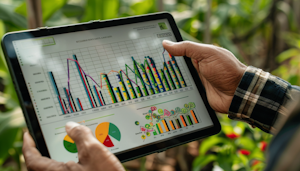
Crop monitoring and yield prediction
Leading to better crop yields through the use of AI
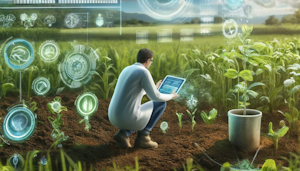
Soil health monitoring
Soil particulate and composition can be analysed by ML models to provide recommendations for soil improvement
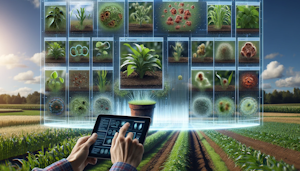
Identification of crop diseases
An image classification model trained to identify different diseases
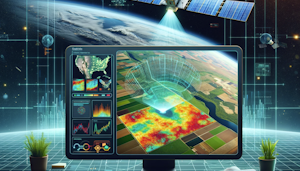
Satellite imagery analysis
ML can analyse satellite imagery to gain insights such as crop infestation from thermal imagery
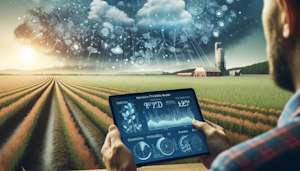

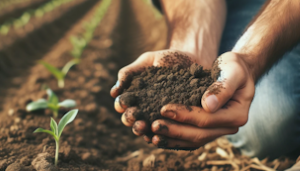
Optimise crops based on soil profile
AI can suggest which crops would be optimal for the analysed soil composition and particulate
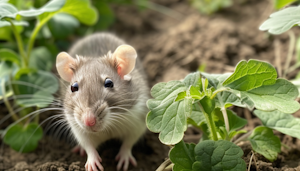
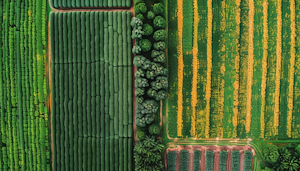
Predicting market demand
Satellite imagery and weather data can predict which crops will have done better and therefore market demand
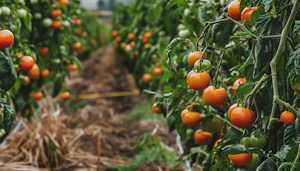
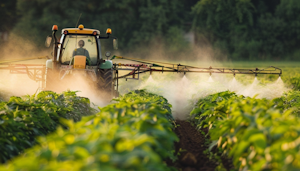
Pesticide optimisation
Reduce the amount of pesticide needed based on data analysis, crop type, soil type etc

Weed and invasive species detection
Early identification of unwanted plants. Herbicide optimisation
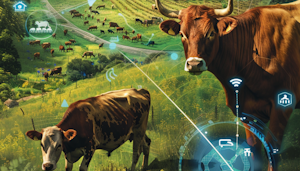
Livestock monitoring
Track movement, count animals, detect illnesses, monitor feeding patterns
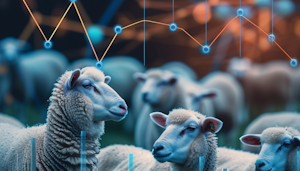
Livestock prediction
Tracking numbers of animals and using past breeding habits to extrapolate future livestock numbers
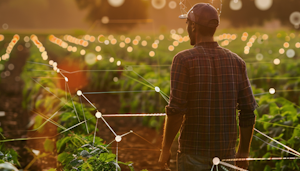
Farm management suggestions
Suggest decisions like irrigation schedules, pesticide applications, and harvesting times based on real-time data and learned patterns from past seasons.